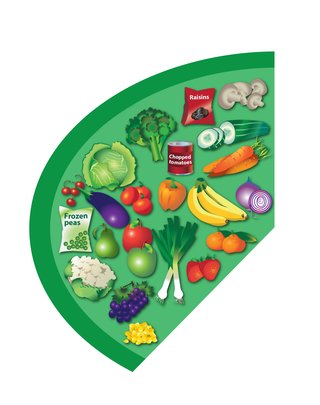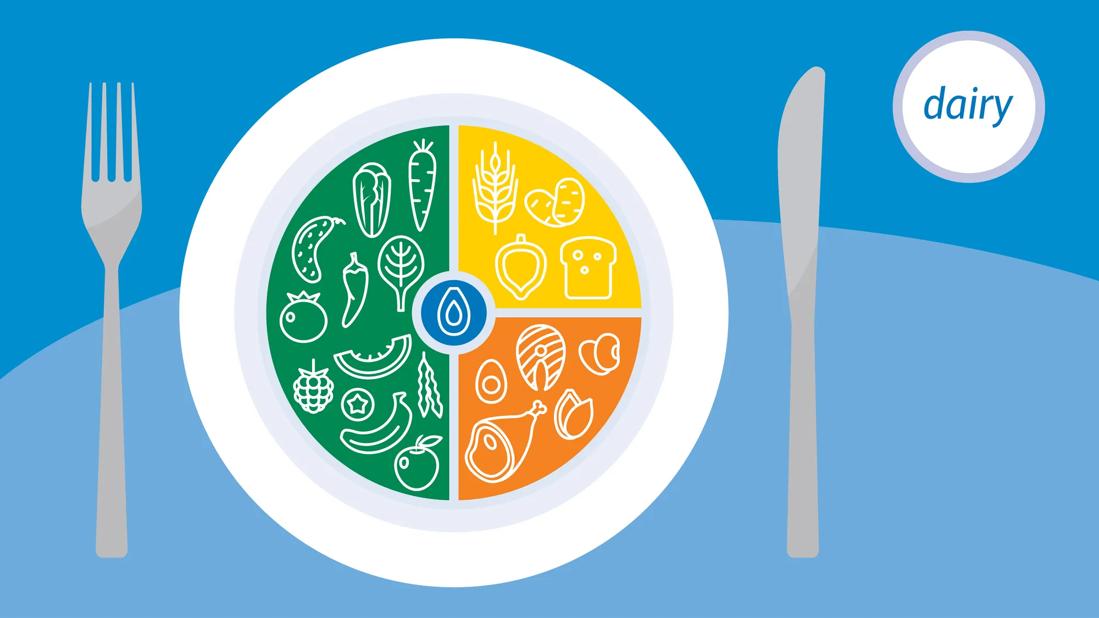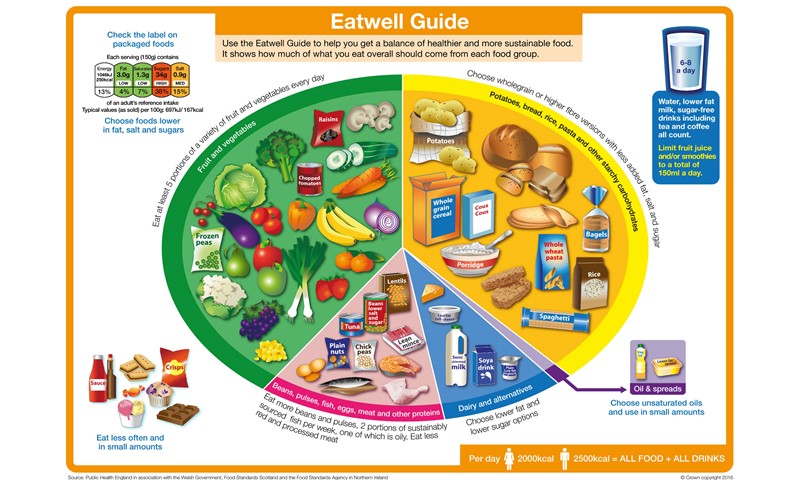
A balanced diet is essential for maintaining good health and supporting overall well-being. It provides the necessary nutrients that the body requires to function effectively and can significantly reduce the risk of chronic diseases, enhance energy levels, and promote longevity.
Food Groups and Proportions
The foundation of a balanced diet is the variety of food groups it includes, each serving a distinct purpose. The key components are as follows:
Fruits and Vegetables

Fruits and vegetables are critical components of a balanced diet, and they should make up just over a third of everything you eat daily. It is recommended to consume at least 5 portions of a variety of fruits and vegetables each day. This can include fresh, frozen, canned, dried, or juiced options. The nutritional benefits of fruits and vegetables are vast, providing essential vitamins, minerals, and dietary fiber which aid in reducing the risk of diseases such as heart disease, stroke, and certain types of cancer[1][3][5].
Starchy Carbohydrates

Starchy foods should also comprise just over a third of your daily intake. These foods include potatoes, bread, rice, and pasta, and it’s beneficial to choose higher fiber or wholegrain varieties, which provide more nutrients and help keep you feeling full for longer. Incorporating starchy carbohydrates into each meal is encouraged, as they are a primary energy source[1][5][7].
Protein Sources

Protein is vital for growth, repair, and overall body function, representing another key component of a balanced diet. Foods rich in protein include meat, fish, eggs, beans, pulses, and nuts. It is advised to consume a variety of these sources and to include plant-based proteins such as beans and lentils, which provide essential nutrients while being lower in fat. Aim to include at least two portions of fish each week, one of which should be oily fish for its beneficial omega-3 fatty acids[2][6][9].
Dairy and Dairy Alternatives

Dairy foods provide essential calcium and vitamin D, crucial for bone health. Choices should lean towards lower-fat options, such as semi-skimmed milk or reduced-fat yogurt. Non-dairy alternatives, including soya or almond milk, can also be good sources if fortified with calcium and vitamins. The recommendation is to consume around 3 cups of dairy or its alternatives daily, emphasizing variety to ensure adequate nutrient intake[4][9].
Fats
While fats are often misunderstood, they play an important role in a balanced diet. Healthy fats, primarily from plant sources, such as nuts, seeds, and oils (like olive oil), are beneficial. However, it’s important to limit saturated fats found in butter, fatty cuts of meat, and processed foods. On average, adults should aim for no more than 30g of saturated fat per day. Including fats in moderation is critical, as they are high in calories and should be used sparingly[6][9][10].
Hydration
Staying hydrated is an integral part of a balanced diet. Water should be the primary beverage of choice, aiming for 6 to 8 glasses a day. It is advisable to limit sugary drinks, which can contribute to excessive calorie intake and dental issues. Juices and smoothies should be consumed in moderation, with a maximum of 150ml per day due to their natural sugars[2][5][10].
Balancing Nutrient Intake

A balanced diet isn't just about the types of food you eat but also the proportions and combinations. The following principles can further guide individuals toward a healthier eating pattern:
Variety Is Key: A diverse selection of foods helps cover all necessary nutrients. Different colors in fruits and vegetables often indicate a range of vitamins and antioxidants[4][10].
Mindful Eating: Paying attention to portion sizes and the quality of foods consumed ensures that one's diet remains nutritious. Avoiding processed and high-sugar foods can mitigate health risks and promote a healthy weight[11][12].
Meal Planning: Regularly planning meals can support balanced nutrition. Cooking at home allows for better control of ingredients and portion sizes, creating opportunities to incorporate various food groups into daily meals[11][12].
In summary, a balanced diet encompasses a variety of food groups, emphasizing fruits, vegetables, starchy carbohydrates, proteins, and healthy fats. By adhering to the recommended proportions and focusing on nutrient-rich foods, individuals can foster better health outcomes and reduce the risks associated with malnutrition and chronic diseases.
Get more accurate answers with Super Pandi, upload files, personalized discovery feed, save searches and contribute to the PandiPedia.
Let's look at alternatives:
- Modify the query.
- Start a new thread.
- Remove sources (if manually added).